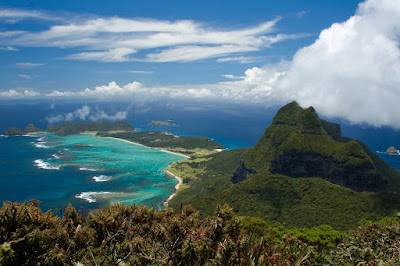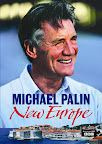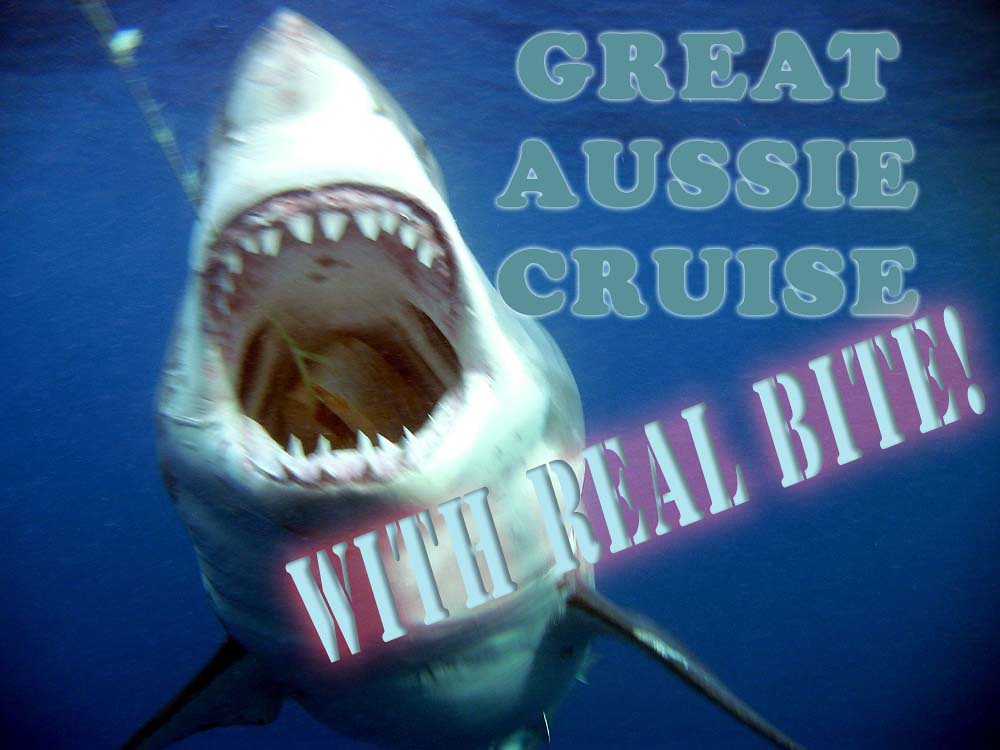There’s no second chance to make a first impression and at Otahuna Lodge, tucked discreetly away in the backblocks of outer Christchurch, one certainly knows when one has arrived.
Jack, our taxi driver and Christchurch native, turned off the meter as we poked about the Tai Tapu hedgerows in search of this mysterious mansion. “That looks like a pretty fancy one over there,” he says excitedly, indicating a substantial modern home of about six bedrooms.
“I don’t think so,” I replied kindly, remembering the image from the website, “That’s it over there.”
I’d just caught a glimpse of a gabled roofline beyond some magnificent, semi-wild woodland trees. A remote controlled gate was our only clue. After a rudimentary introduction via the intercom, it swung open to reveal a winding track through imposing gardens. “Oh, my!” said Jack as if plunging into some Lewis Carroll scenario. Eyes like saucers, he drives carefully up the oak and acacia-lined carriageway until we arrive in the forecourt where Head Guest Host, Belinda was waiting. With an enormous smile, we’re met with a simple but effective; “Welcome to Otahuna!”
Seeing Jack struggle with our excess baggage, Belinda announces, “I might just get Jeremy to help with this one.” Sous-chef Jeremy Scheiblauer is filling in for executive chef, Jimmy McIntyre, famed for his wondrous five-course degustation menus. Jeremy’s about the right size to handle our portly port, and it’s up the hand-carved kauri staircase - with rimu detail - and into the luxurious Rhodes suite before you can say “Scallop Ceviche”.
Maybe I’m easily impressed, but to call Otahuna a ‘lodge’, is akin to calling a Bentley a ‘sedan’. To me at least, it’s every bit the manor house, with a history to match.
Following their wedding in 1891, Sir Heaton Rhodes and his wife Jessie honeymooned in Japan, perhaps the first New Zealanders to visit Japan as tourists. They took in exotic sights including Shinto shrines and Sumo wrestling.
Taken with the architecture of Japan, Jessie persuaded Heaton to incorporate a subtle Japanese influence when they built Otahuna four years later. This octagonally-shaped structure adjacent to the Drawing Room and now serves as one of the Lodge’s several private dining areas.
After the venerable Sir Heaton passed away in 1956 at the ripe old age of 95, a bonfire raged on the lawns for the next week as his personal records and books were burned. There’s some mystery as to whether this was an instruction in his final will or some act of spite by his last housekeeper, Olive Nicholas, who would withhold Sir Heaton’s nightly whiskey if the mischievous, fun-loving old gent misbehaved. She was apparently left empty-handed in the final accounting while all other employees, relatives and charities received generous payouts.
Now heritage-listed, Otahuna became a monastery then a hippy colony in ‘70s with over 40 residents, half of whom were children.
“When we first saw Otahuna, we both thought ‘wow, what an amazing house’,” recalls Hall, “but it just needed so much work. Daunted by the task, we just kept driving – all the way to Canada!”
“We came back in January 2006 and decided we’d live here in New Zealand, somewhere on the South Island and came back to see the house to cross it off our list once and for all. But it had us under its spell and by August, we owned it.”
Despite extensive structural renovations over the preceding five years, the property still needed much internal refinement. The duo hired Auckland-based interior designer, Stephen Cashmore, known for his sympathetic treatment of historic properties. New colour palates, fabrics, furnishings and bathroom enhancements were added. Several lost treasures were recovered and returned to their rightful place, like the antique mantle clock now in the ballroom.
Hall relished the opportunity to exercise his love of art and worked closely with Queenstown-based consultant Pauline Giles. Works from noted artists Peter Beadle and Anna Caselberg were added along with several from as yet unknowns.
The imposing portrait of Maori war hero, Ngati Maniapoto, takes pride of place in the entrance hall.
But beyond the Queen Anne-style home itself, 30 acres of botanical gardens were subject to their own extensive restoration and remain as a lasting legacy from Sir Heaton. 19 acres are devoted to natural produce including an orchard, potager and Dutch garden. In a touching gesture, Hall and Miles have revived the three acre paddock of daffodils, opening it up to the public each September just as Sir Heaton did, using the proceeds to fund local initiatives like libraries, schools and hospitals.
With a house of such character, I’m tempted to ask the obvious question, “What about ghosts?”
“You know,” says Hall with a curious squint, “I’ve heard stories of ghosts, but no-one has ever reported anything to me since we’ve taken over. Certainly I’ve never sensed anything.”
With Otahuna, arguably the most significant private residence in New Zealand restored to a glory even beyond Sir Heaton’s lavish tastes and appetite for fine living, perhaps his ghost is just quietly enjoying a spectral whiskey in the billiard room finally freed from the disapproving gaze of wicked Nurse Nicholas?
www.otahuna.co.nz








